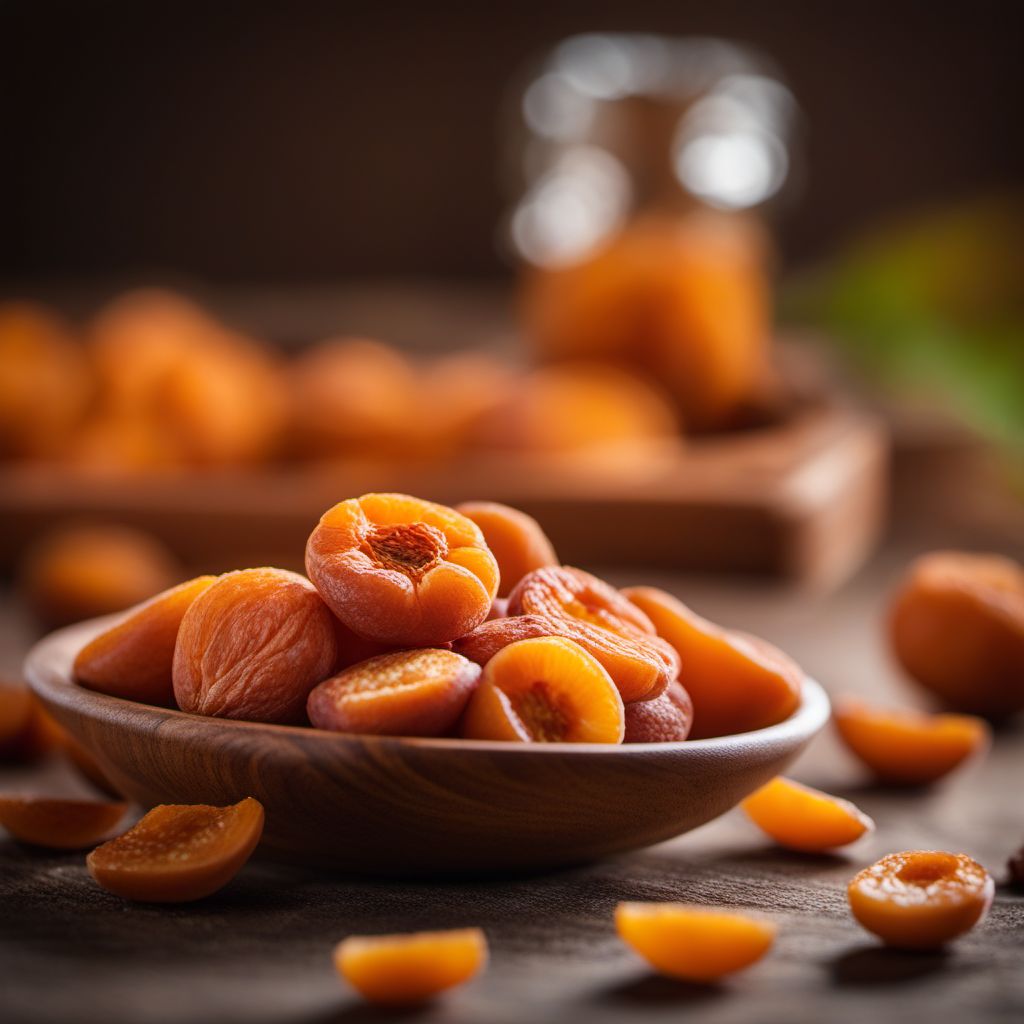
Ingredient
Dried apricots
The Golden Gems: Unveiling the Delights of Dried Apricots
Dried apricots are small, golden-orange fruits that have been dehydrated to remove their moisture content. They have a chewy texture and a concentrated flavor that is both sweet and slightly tart. Their vibrant color and wrinkled appearance make them visually appealing, and their natural sugars make them a delightful treat on their own or as an ingredient in various recipes.
Origins and history
Apricots are believed to have originated in China over 4,000 years ago and were later introduced to the Mediterranean region. They have been cultivated for centuries in countries like Turkey, Iran, and Afghanistan. Dried apricots have a long history of being used in Middle Eastern and Mediterranean cuisines, where they are prized for their flavor and nutritional value.
Nutritional information
Dried apricots are a rich source of dietary fiber, vitamins A and C, potassium, and iron. They are also low in fat and calories, making them a healthy snack option.
Allergens
Dried apricots may cause allergic reactions in individuals who are sensitive to sulfites, which are sometimes used as a preservative during the drying process.
How to select
When selecting dried apricots, look for ones that are plump and slightly moist, but not overly sticky. Avoid those that appear overly dry or have a dull color, as they may be past their prime.
Storage recommendations
To maintain the freshness and quality of dried apricots, store them in an airtight container in a cool, dry place. They can also be refrigerated to extend their shelf life.
How to produce
Dried apricots can be produced by slicing fresh apricots and then drying them in the sun or using a food dehydrator. However, for amateur producers, it is more convenient to purchase them already dried.
Preparation tips
Dried apricots can be enjoyed as a snack on their own, or they can be rehydrated by soaking them in warm water or fruit juice. They are a versatile ingredient that can be used in both sweet and savory dishes, such as salads, stews, baked goods, and trail mixes. Their natural sweetness makes them a great addition to desserts like cakes, cookies, and tarts.
Substitutions
Dried peaches or dried plums can be used as substitutes for dried apricots, although they may have slightly different flavors and textures.
Culinary uses
Dried apricots are commonly used in Middle Eastern and Mediterranean cuisines, where they are added to dishes like tagines, couscous, and pilafs for a touch of sweetness. They are also popular in baked goods, such as apricot bars, muffins, and scones. Additionally, they can be chopped and added to salads, granola, or yogurt for a burst of flavor.
Availability
Dried apricots are commonly available in regions where apricots are grown, such as Turkey, Iran, and the United States. They can also be found in most grocery stores and supermarkets worldwide.
More ingredients from this category
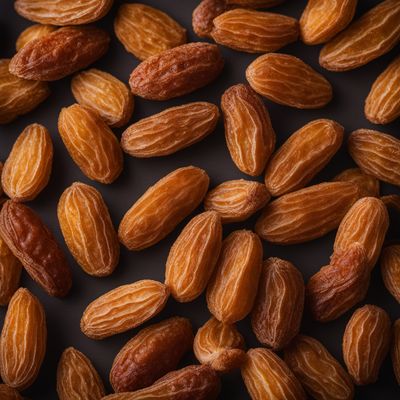
Dried dates
Nature's Sweet Gems

Dried mangoes
The Sweet and Tangy Delight
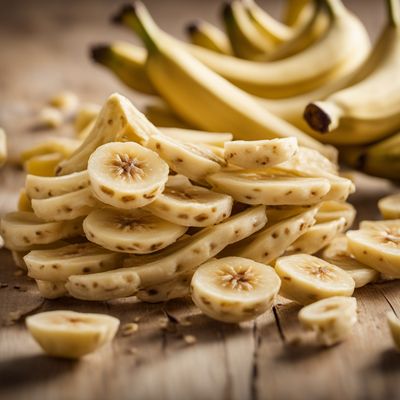
Dried bananas
Nature's Sweet and Chewy Delight: Dried Bananas

Dried vine fruits (raisins etc.)
Nature's Sweet Gems

Chocolate coated dried fruit
Decadent Delights: Chocolate Coated Dried Fruit

Dried prunes
Nature's Sweet and Tangy Gems

Dried figs
Nature's Sweet Gems: Dried Figs

Dried apples
The Sweet Essence of Sun-Dried Apples

Dried pears
The Sweet Essence of Preserved Pears

Mixed dried fruits
Nature's Sweet Medley: Exploring the World of Mixed Dried Fruits

Fruit chips
Crispy Delights: Fruit Chips
Recipes using Dried apricots » Browse all

Country Captain with a Twist
Savory Southern Delight: Spiced Country Captain with a Twist
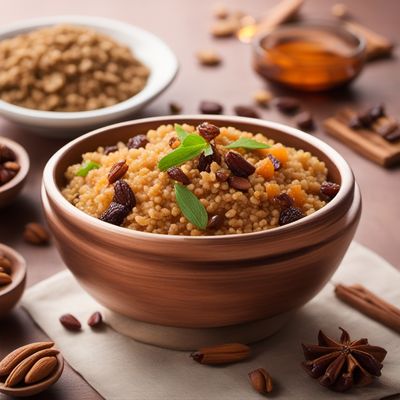
Henan-style Sweet Couscous
Golden Delight: Henan-style Sweet Couscous

Armenian-style Pan Trenza
Flavorful Armenian Twist on Pan Trenza
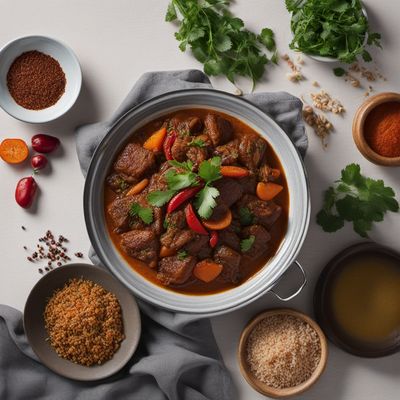
Jawhara Delight
Moroccan Spiced Lamb Stew with Apricots and Almonds

Moroccan-style Nasi Goreng
Spiced Rice Delight: Moroccan Nasi Goreng

Algerian-inspired Festive Christmas Bread
Saffron-infused Delight: Algerian-inspired Festive Christmas Bread
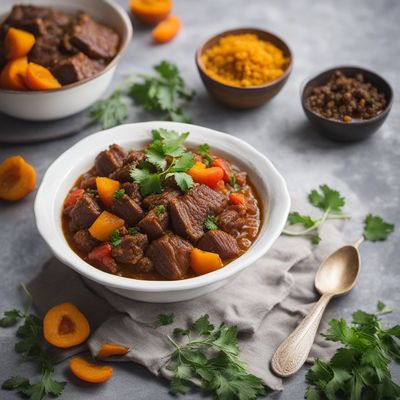
Levengi with Lamb and Apricots
Savory Lamb and Apricot Stew: A Taste of Azerbaijani Delight

Kyrgyz-style Greixonera
Kyrgyz Delight: A Fusion of Spanish and Kyrgyz Flavors

Bostrengo - Italian Sweet Polenta Cake
Heavenly Delights: Indulge in the Irresistible Italian Sweet Polenta Cake

Baliq Levengi - Azerbaijani Spiced Fish Pilaf
Saffron-infused Delight: Aromatic Azerbaijani Fish Pilaf

Kouraine with Spiced Lamb and Apricots
Moroccan Delight: Spiced Lamb and Apricot Kouraine

Panforte di Siena
Decadent Italian Spiced Fruit and Nut Cake